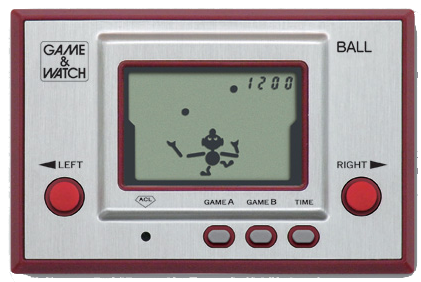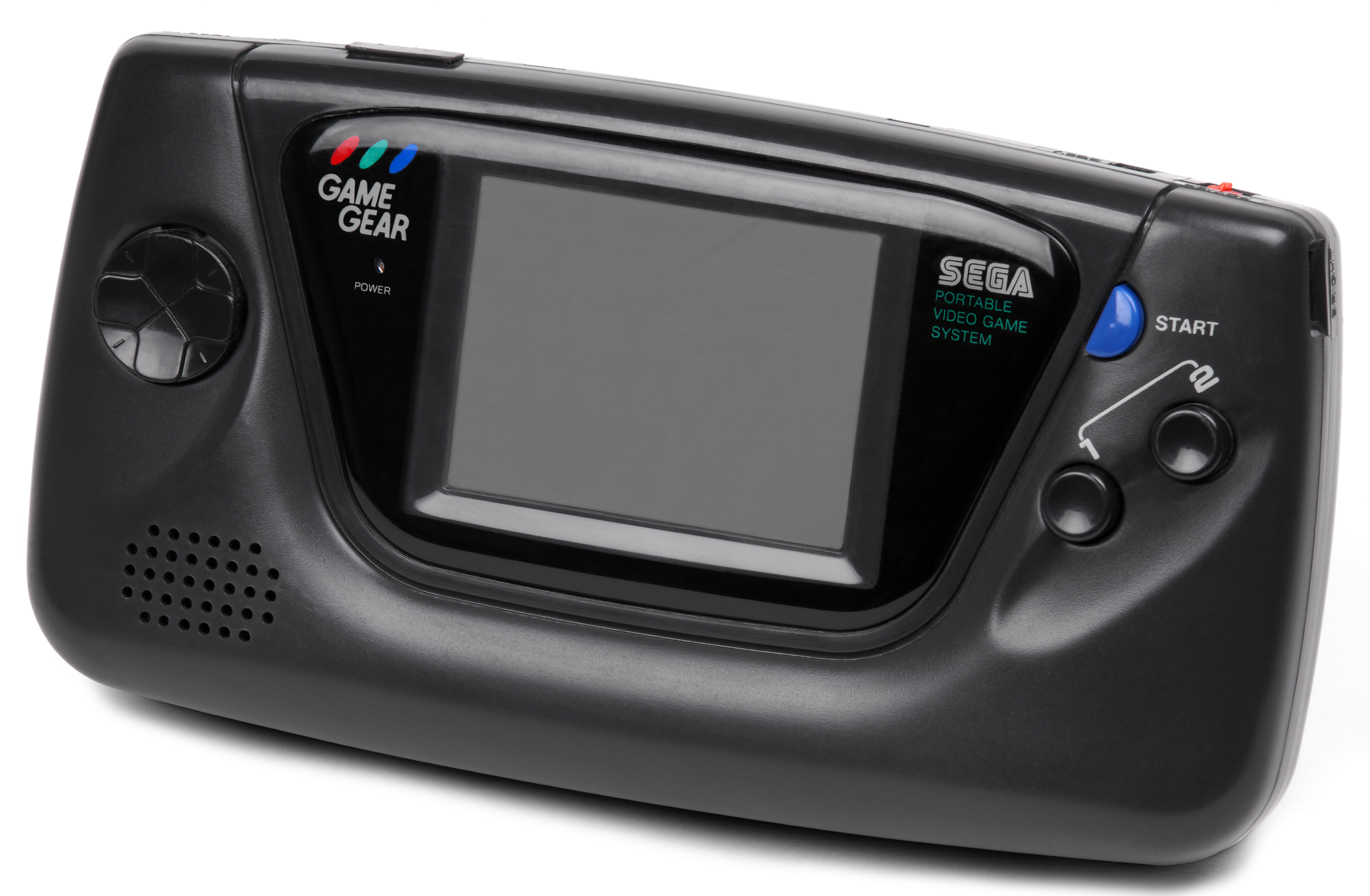Handheld consoles
Early years of handheld gaming
The first digital handheld console was produced in 1977 by Mattel and it was just a basic LED-based game called Auto Race, this game only required 512 bytes of memory and consisted of making a dash on the screen (representing a pilot) go on a straight line four times. This game got forgotten quickly though, overshadowed by new handhelds and later Mattel titles.
The second attempt of the industry in the handheld market was in 1979 by Milton Bradley with the Microvision, this was the first true handheld console since it was the first to have interchangeable cartridges2 allowing multiple games o be played on the same device. Despite this innovation the Microvision didn't last very long, his 16x16 pixel LCD screen made difficult producing games for it and the cartridges were really fragile making the console disappear from stores in 1981.3
In 1980, even Nintendo made a venture into the handheld market with the Game and Watch, these handhelds had a single or two games interchangeable with a button press (even if usually the second game was just a harder version of the first one) and worked with an LCD screen. The name Game and Watch was due to the fact that every console had a watch and an alarm in addition to the game, Nintendo produced 59 of these games and dismissed production only in 1991 with approximately 43 million games sold.5
In 1984, Epoch (a Japanese company) tried to emulate the cartridge idea of the Microvision with his Epoch's Game Pocket Computer but even if it had a 75x64 LCD screen the console was a commercial failure being released only in Japan for short period and having only 5 games made for it.
The boom
Later in 1989, Nintendo released the Game Boy, even if critics were skeptical given the bad screen quality compared to competitor product the long battery life, the many ports of famous games (the Game Boy came with a version of Tetris at launch) and the reasonable price made the Game Boy a success and Nintendo would go on making newer versions of the system for the next 20 years.
With the success of the Game Boy many companies tried to jump in the handheld market included Atari, after an unfortunate attempt in 1978 the company released the Linx in 1989. The Linx was the first portable console to have a color LCD display and it could be rotated to accomodate left handed players but the high price, short battery life and lack of games made it a commercial failure.
In 1990 NEC released one of the most impressive handheld consoles with the Turbo Express, the console was actually a portable version of the Turbgraphx 16 (a rival of the Sega Genesis and Super Nintendo) and was about the size of Game Boy but had a sharp active-matrix color display and could even be used ad a TV. Unfortunately this console didn't have much success given his really high price.
In 1991 Sega released the Game Gear riding on the success of the Genesis, the console's library was mostly comprised of Master System ports and outsold it's competitors (the Turbo Express and the Lynx) thanks to his relatively low price and to the license to run popular Sega games like Sonic the Hedgehog but it never came even close to the Game Boy's success.
External Links
- [Visited on 03/11/14]Auto Race
- [Visited on 03/11/14]Evolution of handeld consoles
- [Visited on 04/11/14]Geek.com article on handhelds
- [Visited on 03/11/14] Game and Watch
- [Visited on 04/11/14]Engadget article on handhelds
- [Visited on 04/11/14]Game Boy
- [Visited on 04/11/14]Game Gear
All images are fair use intended.



